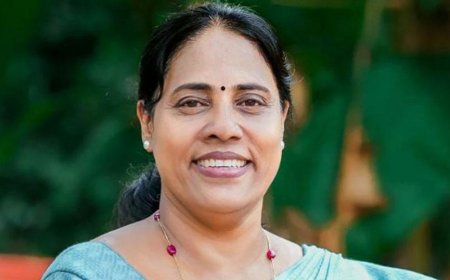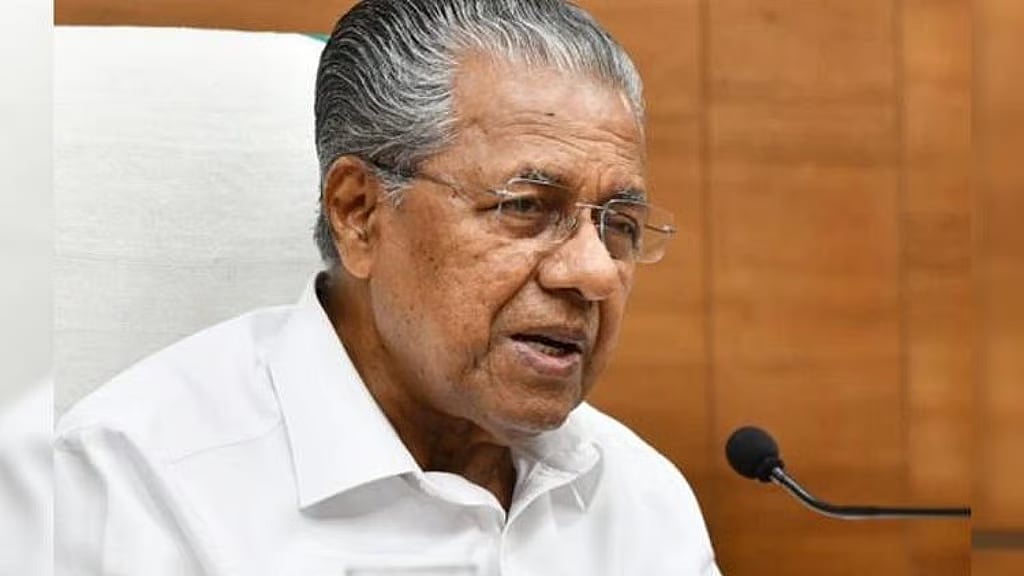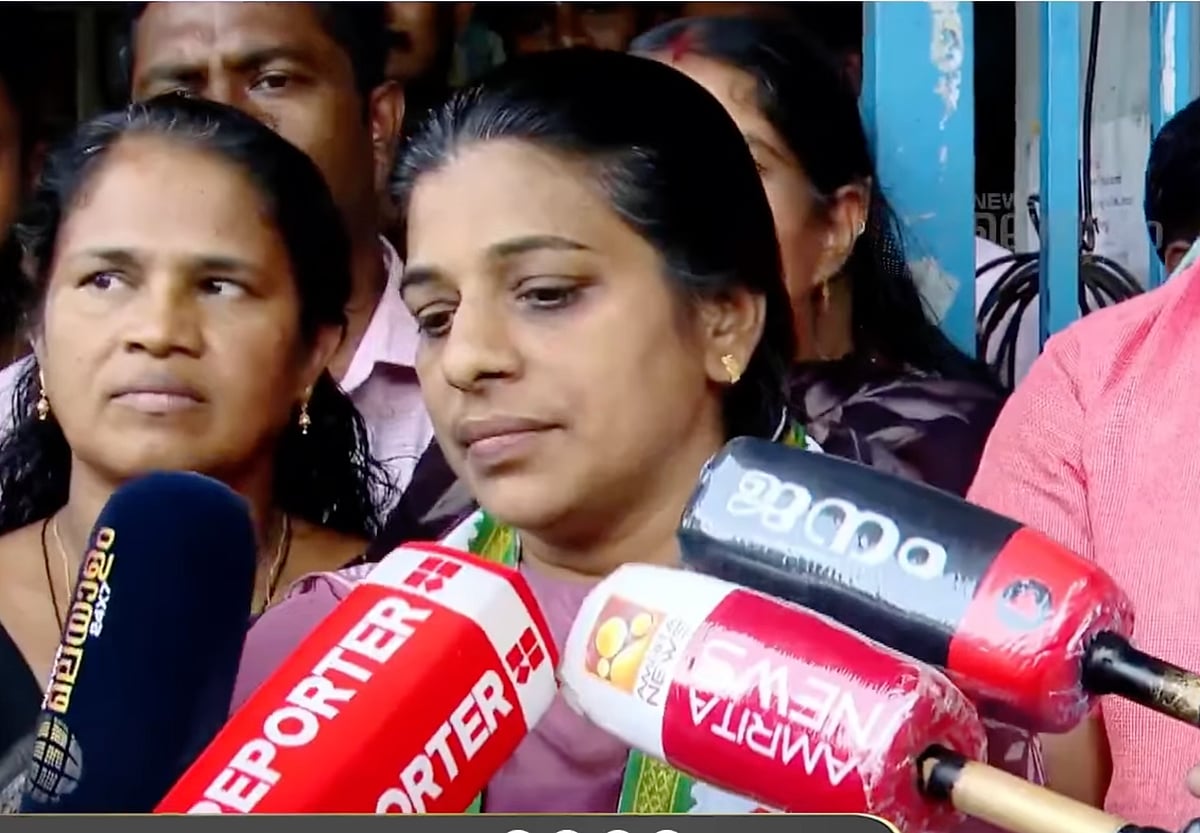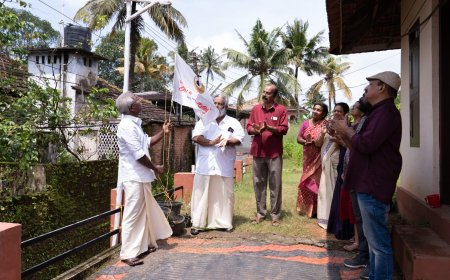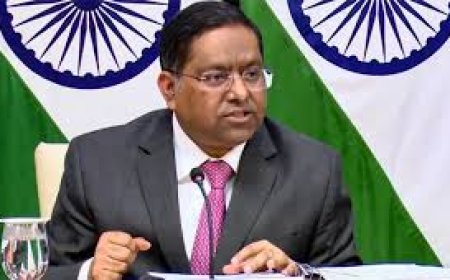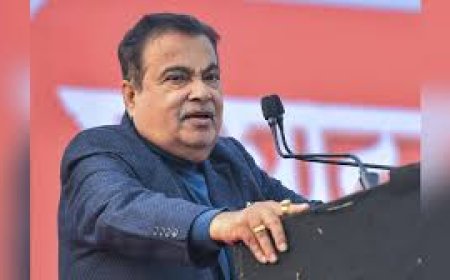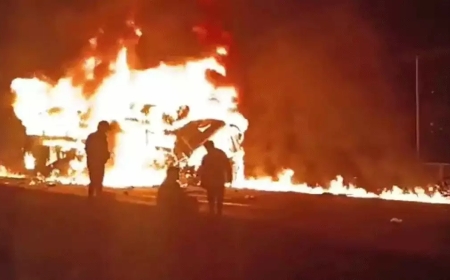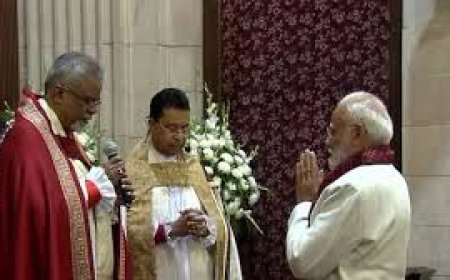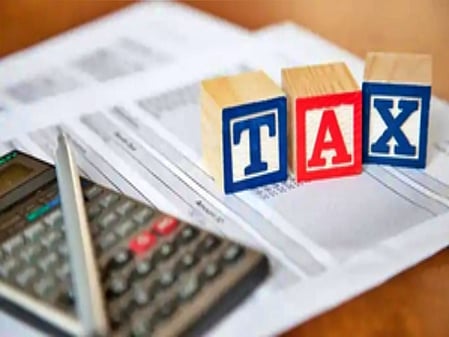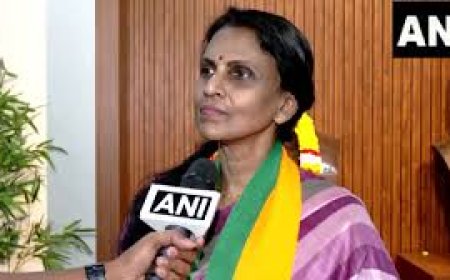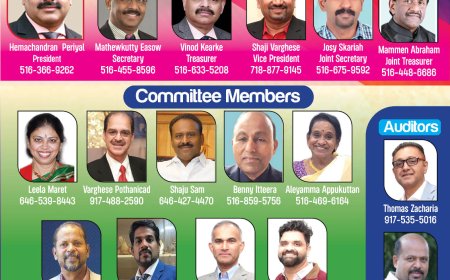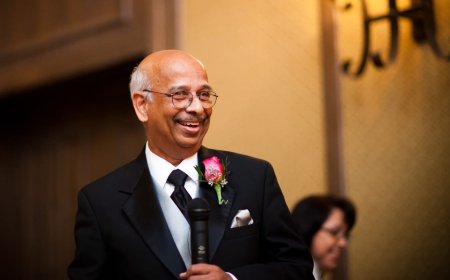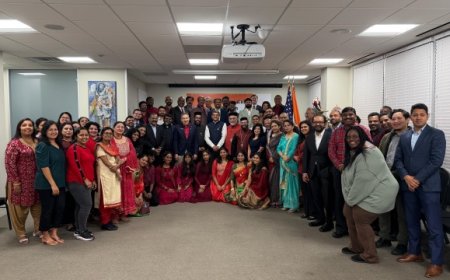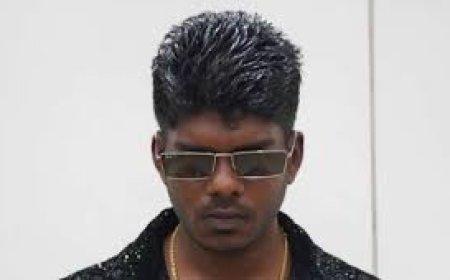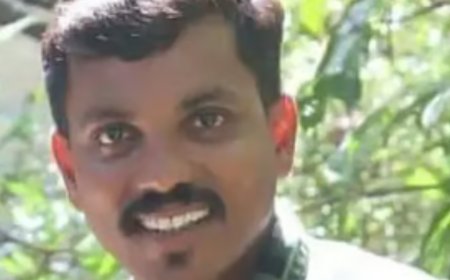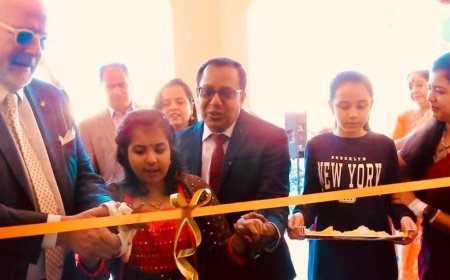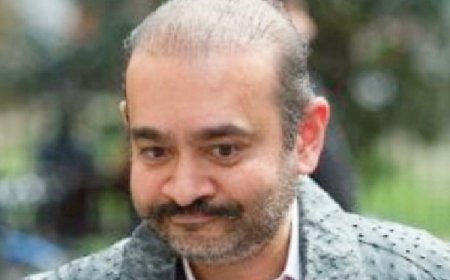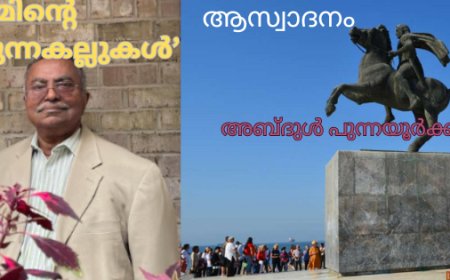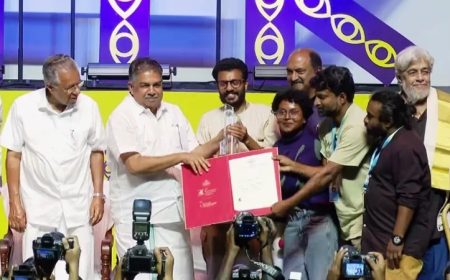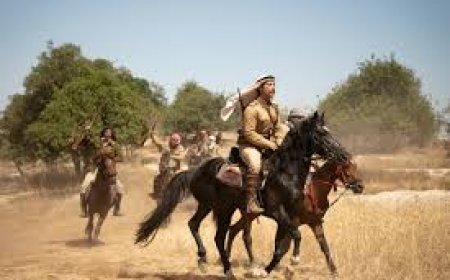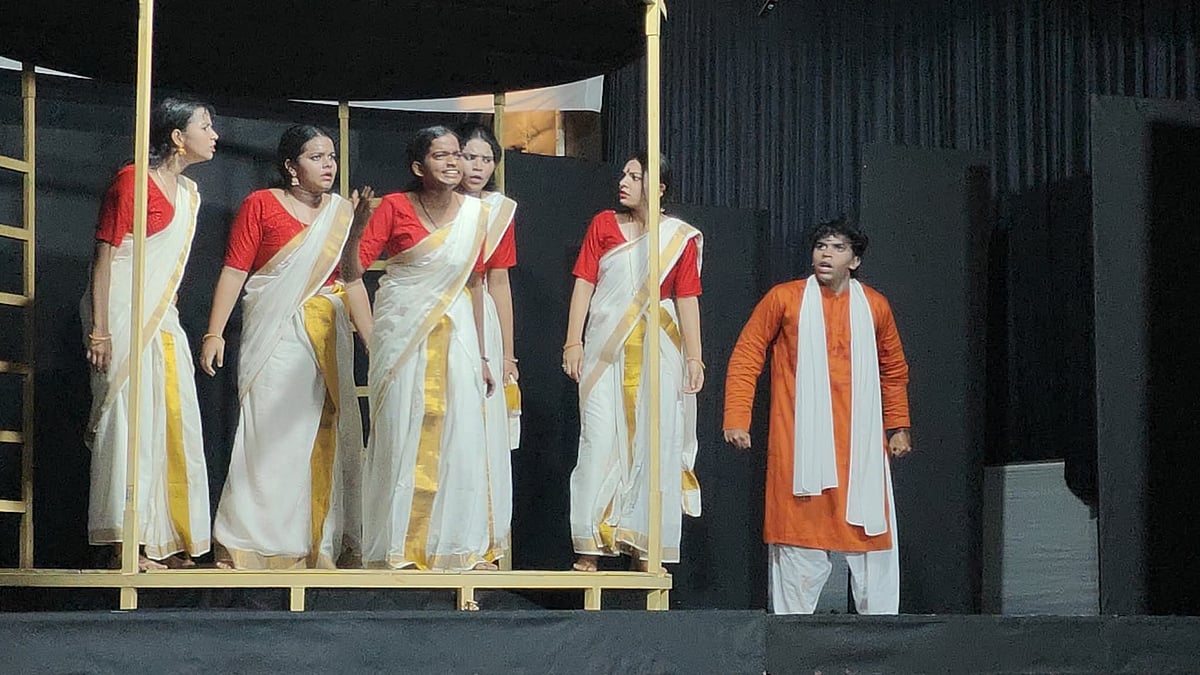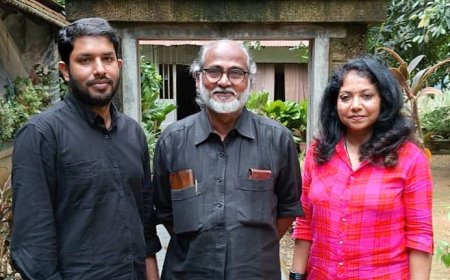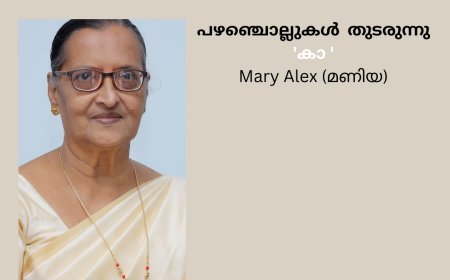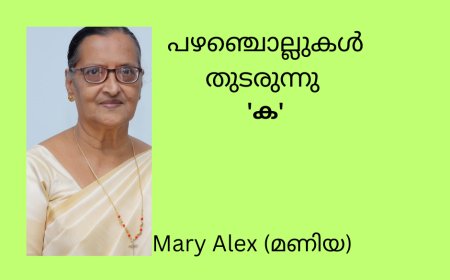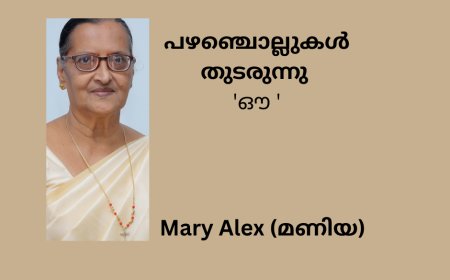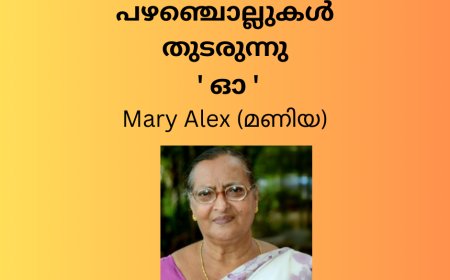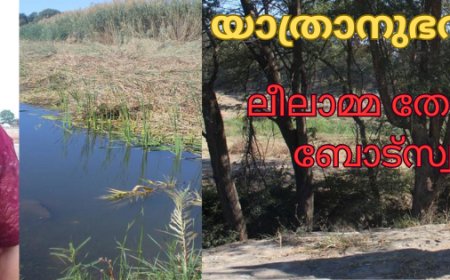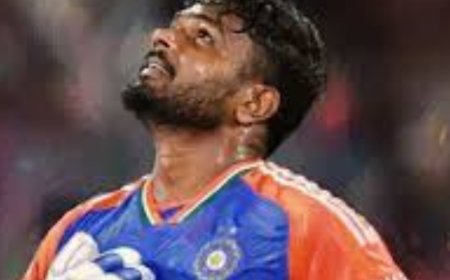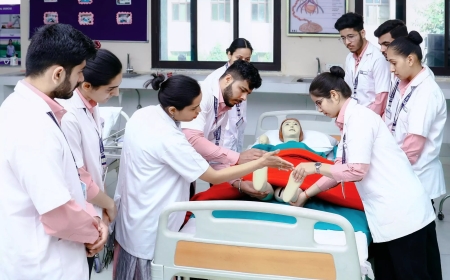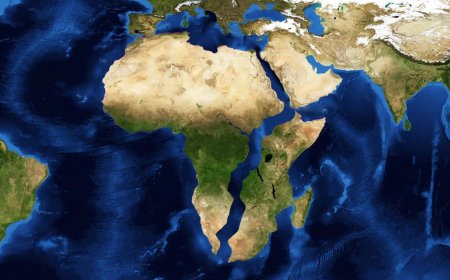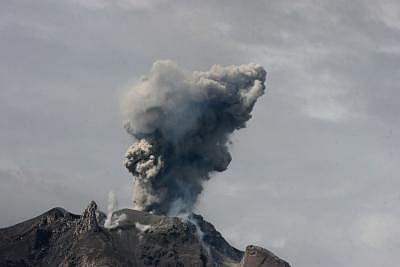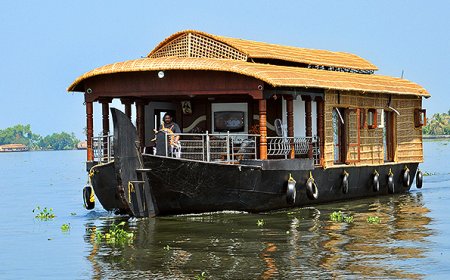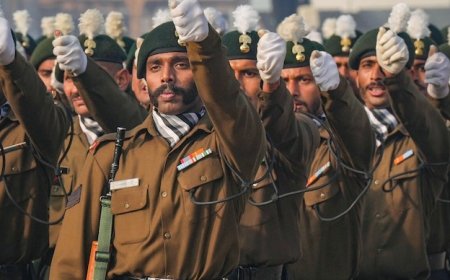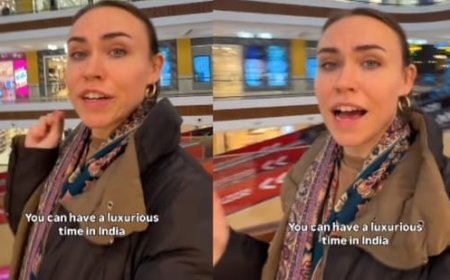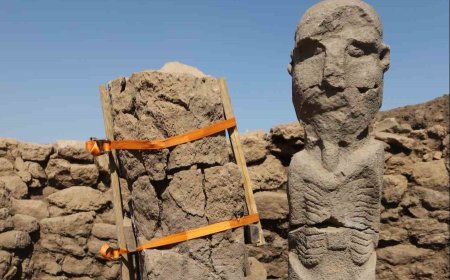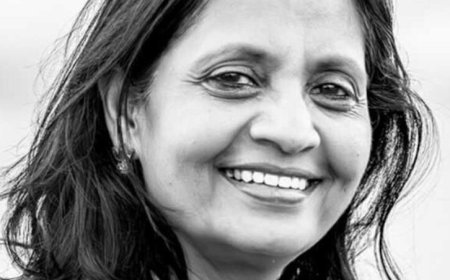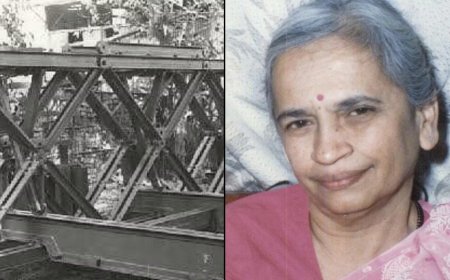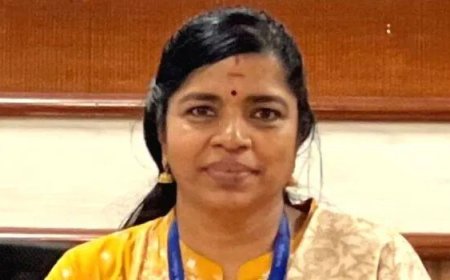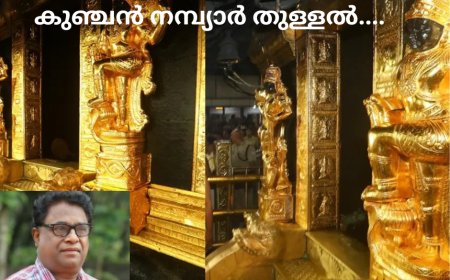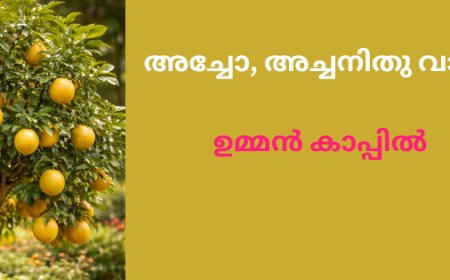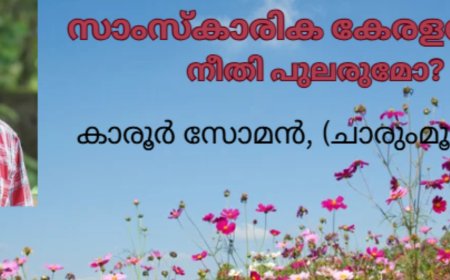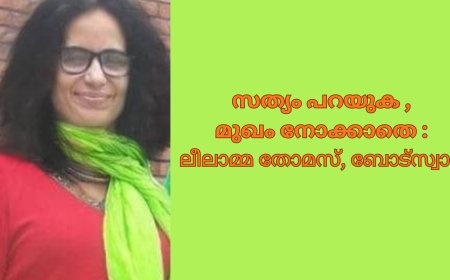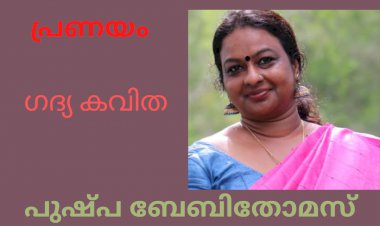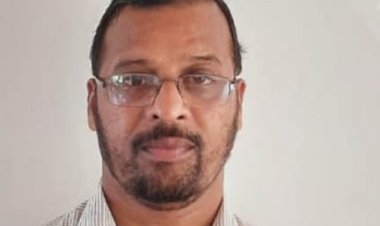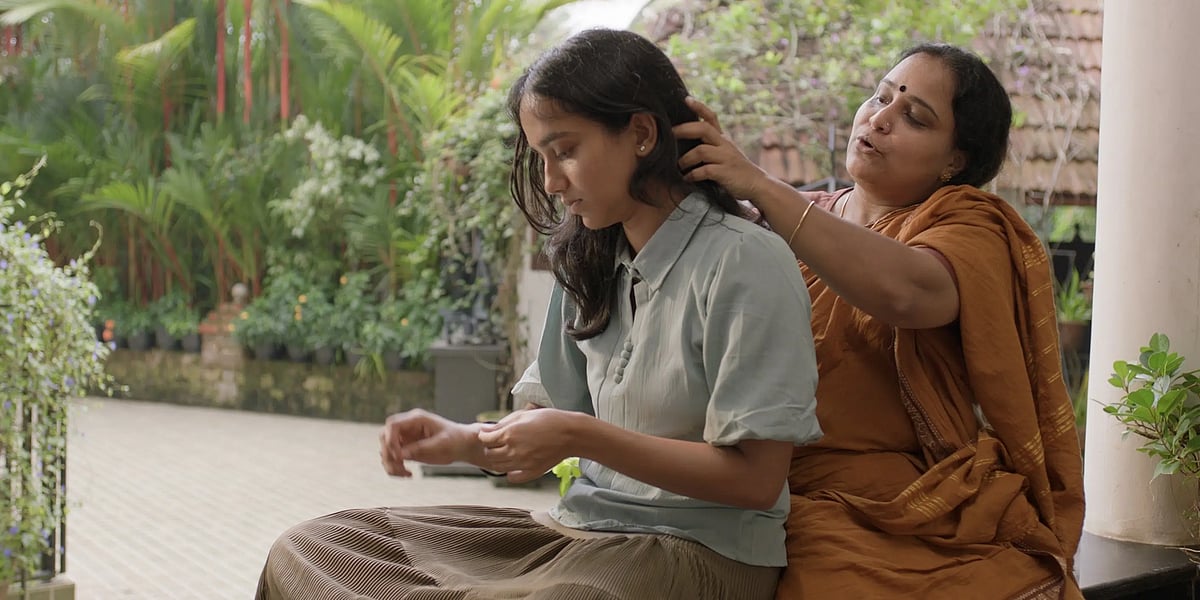India’s economic growth

INDIA’S growth as the fourth or third biggest economy in the world was declared recently by the Prime Minister and many others. In terms of GDP growth and other economic indicators, it is true that India has grown to be a more financially stable country.
It is remarkable that after 76 years as an independent democratic government, India has become a stable economy, from the status of an underdeveloped country to a developing country to a developed country. India is no more a Third World nation.
India now has about 1 to 2% very rich people, 3 to 5 % rich, 10 to 15 % upper middle class, 20 to 25% middle class and 25 to 30% lower middle class. 10 to 15% are poor and another 10 to 15% are very poor people.
About 50 % of the people are self-reliant and they can live without any help from the government. About 25% who live below the middle class can lead a life with little support. 25% of the people are poor or very poor and they do not lead a good life. This is the story of the world’s third or fourth economic power.
Poverty is everywhere, even in the USA, the richest economy in the world. The difference is that the poor people in the USA may be lower middle class in the Indian economy. The standards of poverty are different. Poverty in India means, not having three meals a day and not having a good place to live. Kerala is projected as a rich state with less than 5 % poverty.
Kottayam district is declared the only district in India with 0% poverty. Is it really true? Well, in India poverty means extreme situations where people hardly have a meal a day and not having a good place to live, often living in small huts.
In Kerala, very few people live in small huts and the poor people have a meal or two every day. In other words, there is no extreme poverty in Kerala. But there are lots of people who struggle to make ends meet.
In other big states like Bihar, Bengal, Madhya Pradesh, etc. there are people in extreme poverty. Even in Tamil Nadu and Karnataka, there are people who live in extreme poverty. The fact that migrant workers from Bihar, Bengal, Assam, Orissa, etc. come to Kerala gives the impression that Kerala is a rich state. In Kerala, there are a lot of people still struggling, looking for regular work
India has reached the list of top economic growth countries in the world because 50% of the 1.42 billion people in India live comfortably. That does not happen in China. China has advanced in manufacturing and technology, but many Chinese people's living standards have not yet improved. In India and China, many people live in extreme poverty. The population of both countries is at around 1.42 billion and since 50% of the people are well off, it helps increase the GDP and economic indicators.
In all wealthy countries like the USA, Japan, the UK, Germany, etc. there are issues of poverty and basic needs of people like housing and health care. In India, some of the rural poor people are ignored for generations and the Central government has no real programme to lift them out of poverty.
When government leaders, businessmen who used the system to make money in most cases and successful Indian technocrats who had the opportunity to study and build their careers proclaim India as an economic success, these poor people do not hear about it or read about it; they are preoccupied with their day-to-day life to meet their basic needs.
In the new developments in building construction and the use of prefabricated materials in construction, many hereditary tribal people like carpenters, blacksmiths, stone workers, etc. find themselves unemployed. Technology and modernization might have created progress and economic growth, but it did not have much of an impact on the rural and tribal people of India.
In Kerala because every day Malayalees working and living abroad visit and spend a lot of money, there is a constant flow of money. Also, the development of tourism is bringing lots of tourists, and the pilgrimage to Sabarimala also brings in lot of people from other parts of India.
Because of all these phenomena, money flow is high in Kerala and therefore unemployment is very low. This also created the situation of attracting migrant workers from other parts of India. The government has no role in these phenomena. Banks and financial companies have high deposits and cash flow. Even in this situation, Kerala’s rural people and traditional tradesmen are trying to survive to meet their daily needs.
While Indian leaders are trumpeting their economic success internationally, they should take measures to educate the rural population and tradespeople about the opportunities others get and improve their living conditions. India’s growth is phenomenal, but it has to reach all populations.
India’s technological and scientific achievements must be extended to rural India and to the people who made their living through flowing generational trades. India is not the only country in the world of these types of issues, even in the USA rural people often do not complete high school education and very seldom go to college after high school. They stay with agriculture or other trades like plumber, mechanic, painter or auto repairer. But they are not very poor. They somehow meet their daily needs including housing.
India’s poor and very poor do not have enough food or proper housing.
Therefore, the government must use some of its resources to help them improve their quality of life while promoting the rich. Corruption is systemic in India in every area and is more common in government. This phenomenon also does not help the person with any money to get anything done.
While taking pride in becoming one of the top economic powers of the world, the Government of India must focus more on its poor and very poor citizens.
